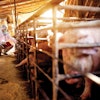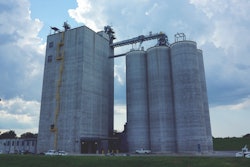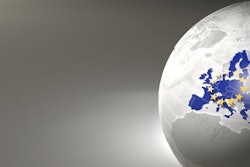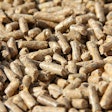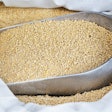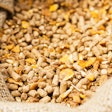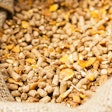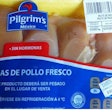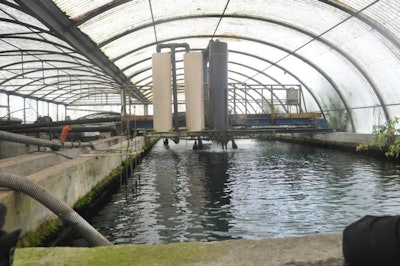
New research suggests alternative manufacturing process could improve protein content of fish meal
A new paper suggests chemical-based processing could increase the amount and quality of protein in fish meal derived from sources generally considered substandard, such as fish heads.
By using a method called pH-shift processing, researchers at the University of Gothenburg were able to extract up to 60% of the protein contained in herring byproducts, according to the report, from the journal Animal Feed Science and Technology.
About one-third of the world’s fish meal comes from aquaculture byproducts such as trimmings and cuts not sold for consumption. But while this circular approach to production holds promise as a means of enabling sustainable growth in aquaculture, it comes with a challenge, according to James Hinchcliffe, a marine biologist and the study’s lead author. Fish meal extracted from industry byproducts can contain less protein and more indigestible ash than other sources, which limits the amount of recycled meal that can be used in aquafeed.
Producing fish meal from byproducts often requires mechanical separation, which can be costly, or heat treatment, which has high energy requirements and degrades certain amino acids, so Hinchcliffe’s team aimed to test a chemical process developed in 2000 as an alternative.
The pH-shifting technique calls for combining the fish trimmings with water in a sort of homogenized “soup,” then adding chemicals that cause proteins to solubilize so they can be separated in a centrifuge or filter. The pH of the protein is later re-adjusted and strained again.
In the Gothenburg trial, the resulting fish meal contained up to 80% protein and only 4-6% ash, compared to averages reported for fish meal from other sources, which typically contain 55-70% protein and 17-24% ash, according to the report.
“On paper, it suggests we have a very good product,” Hinchcliffe said, though he added that additional trials are needed to determine how the ingredient would perform in fish diets, and what it would cost to produce on a commercial scale.
Hinchcliffe said fish trials are planned to take place next year. He said he is also discussing the potential scalability of the product with a fish meal company from Peru.
